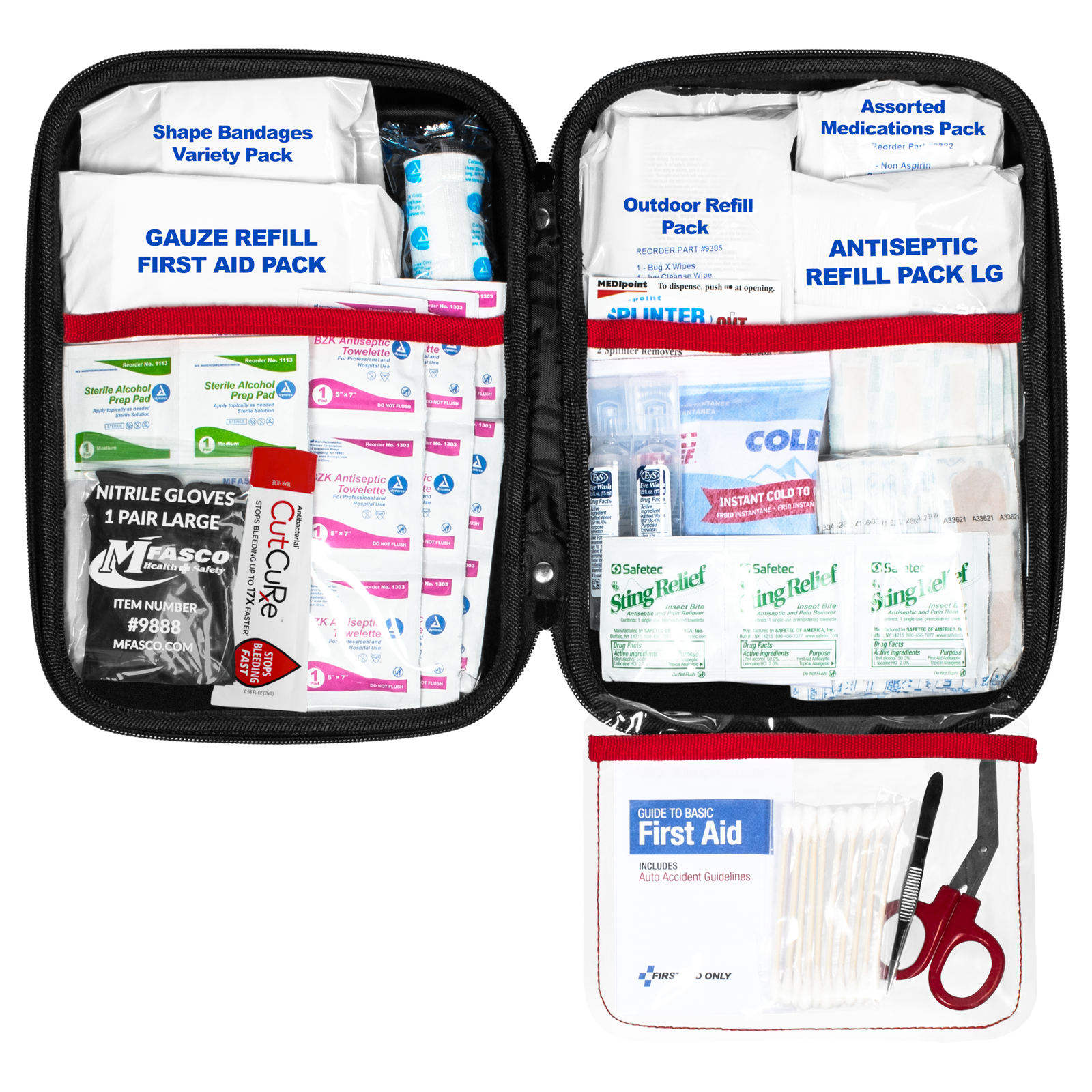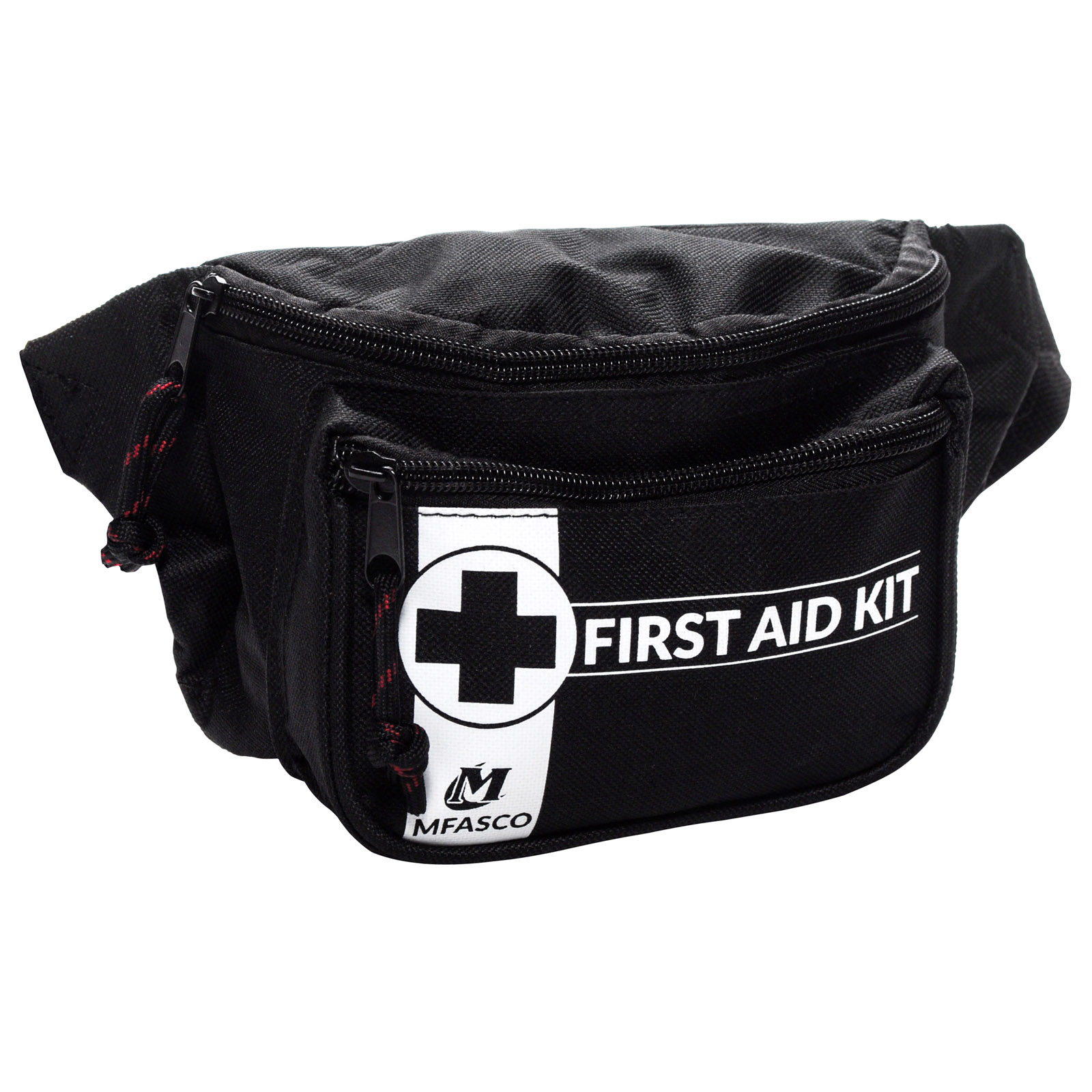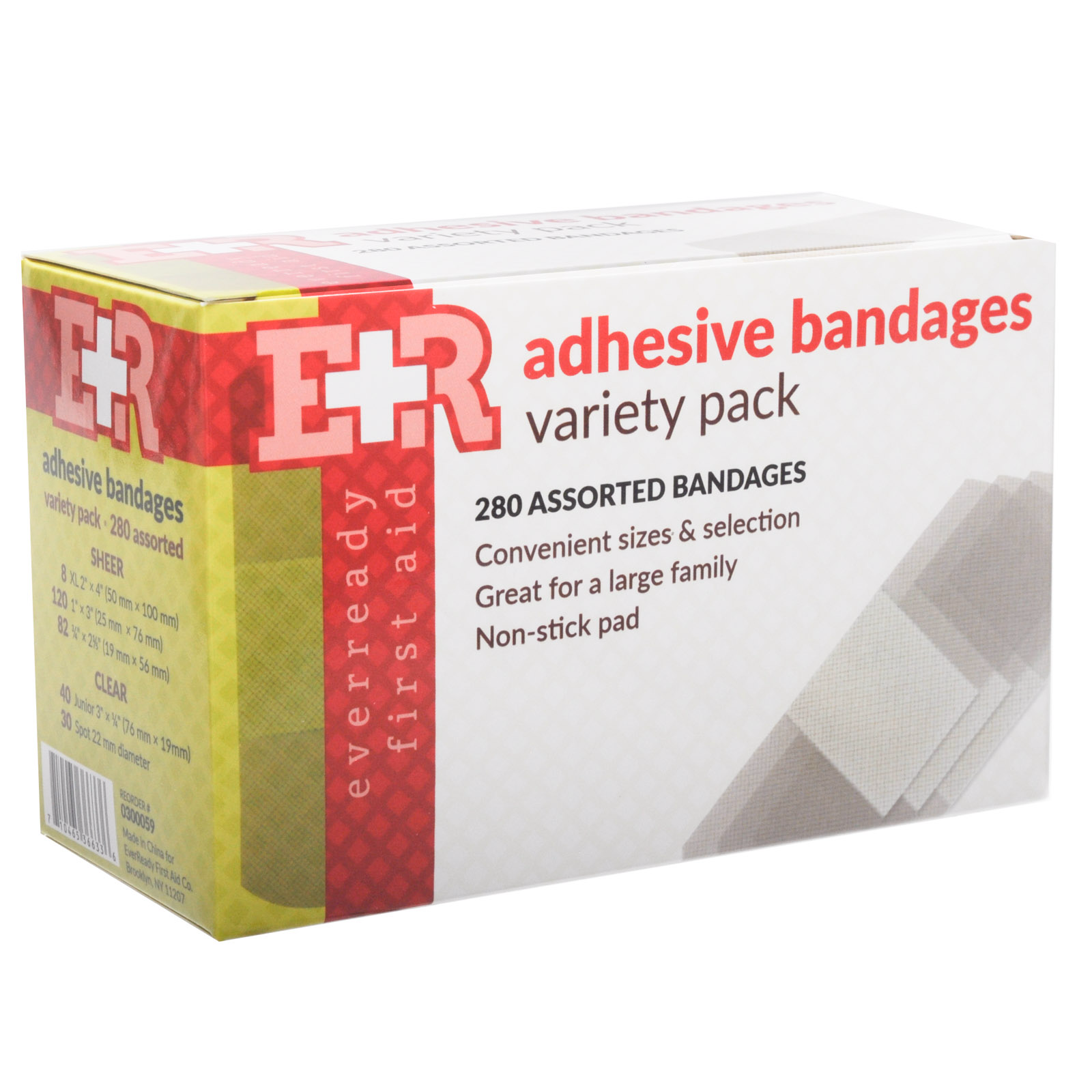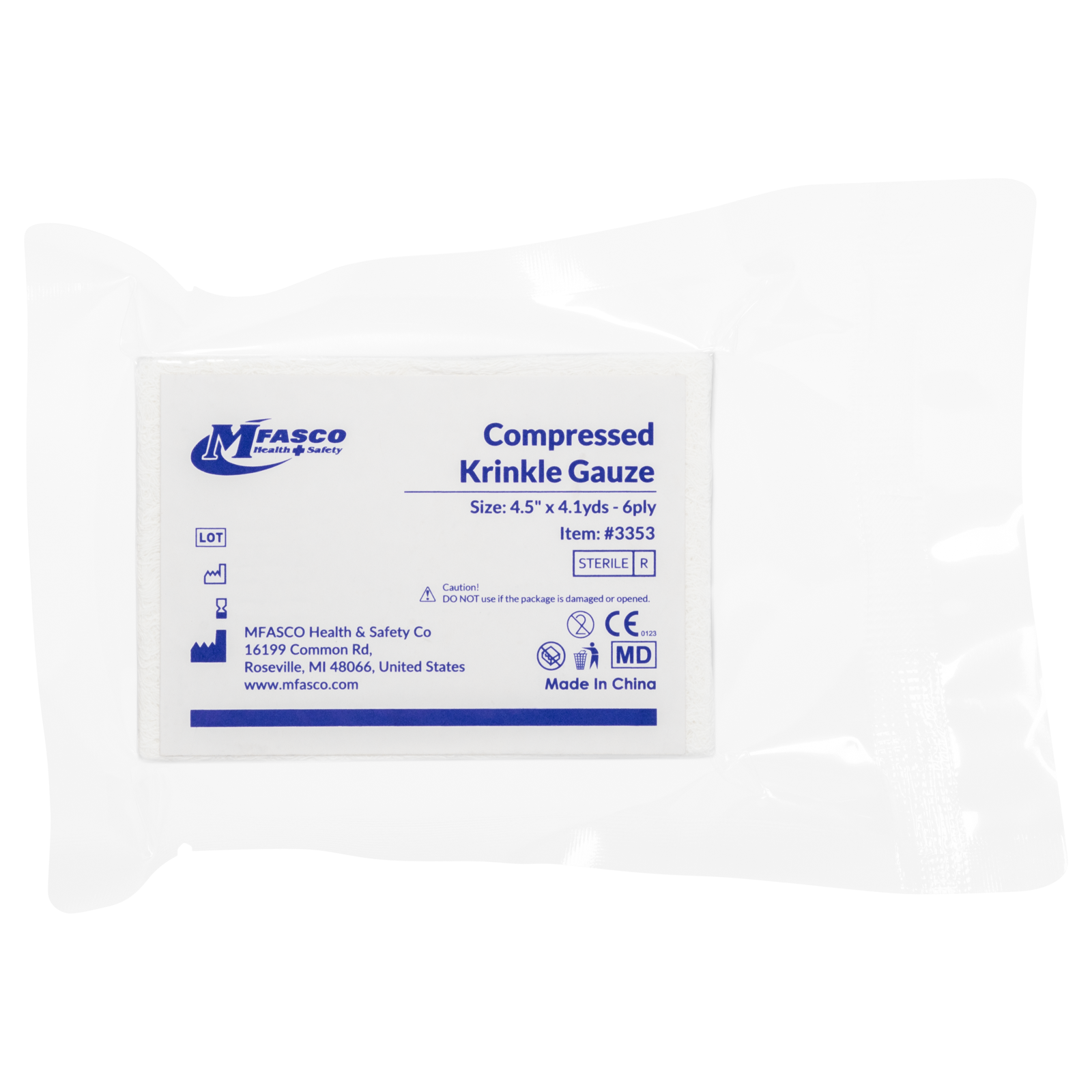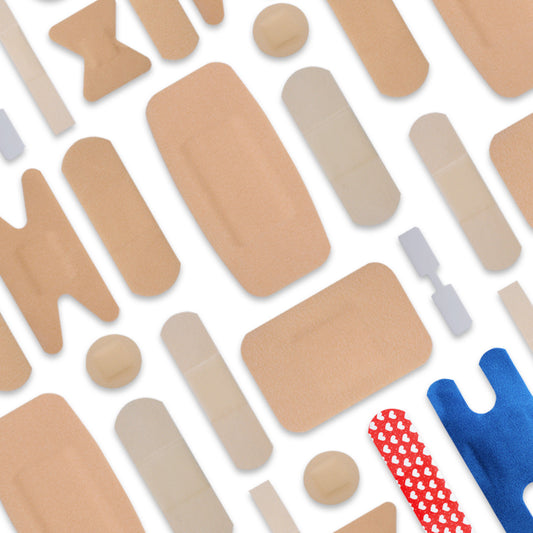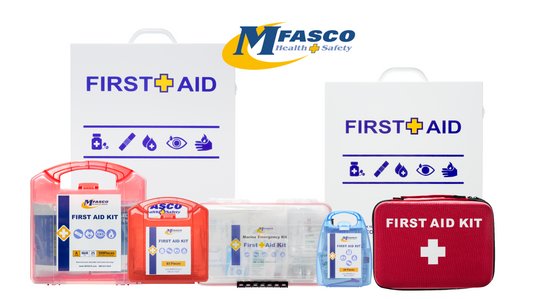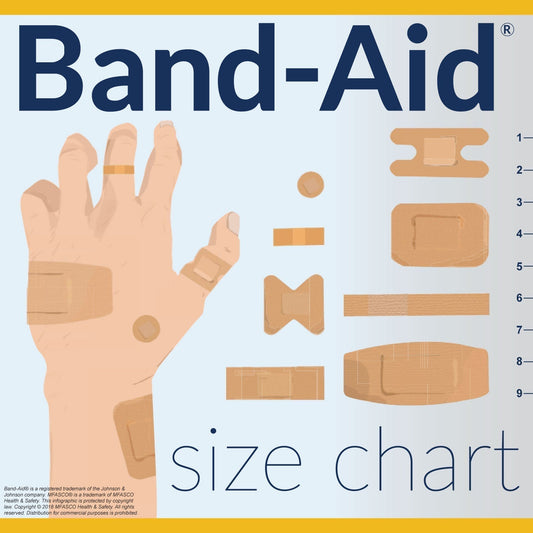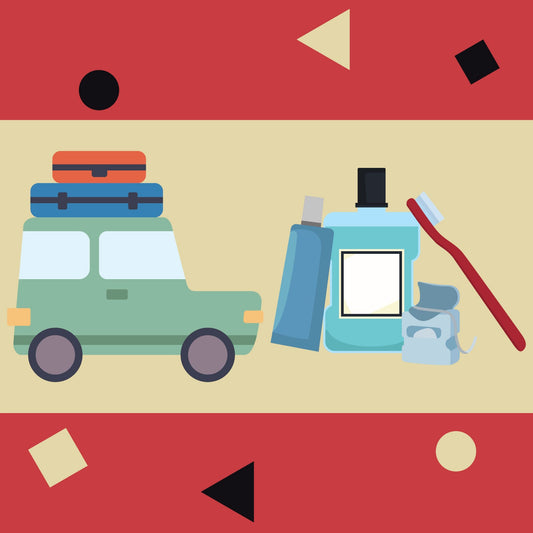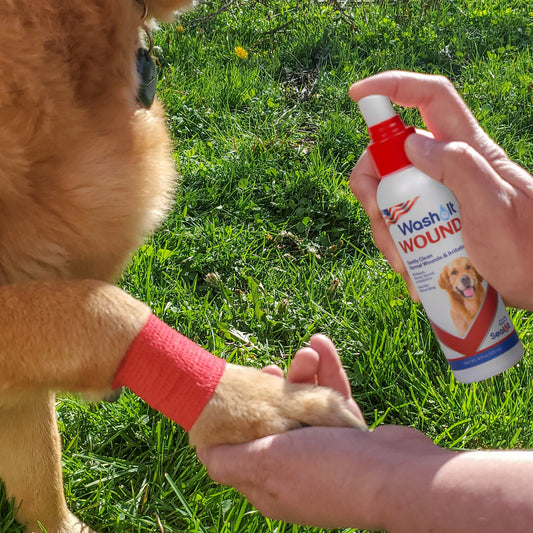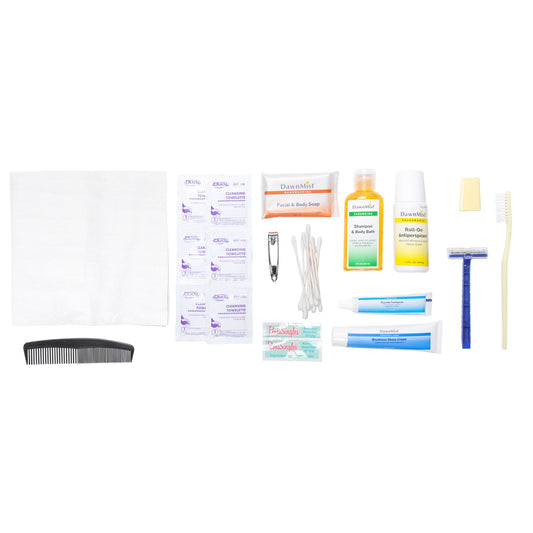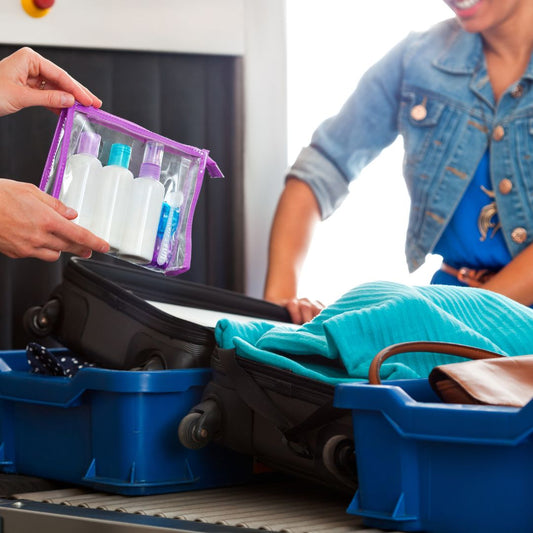The Most Common Summer Camp Injuries
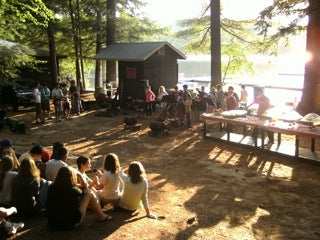
Running a summer camp means taking responsibility for the health and safety of a large group of children. Combine kids' unpredictable behavior with the great outdoors and the act of preparing for all possible emergencies might seem daunting. There are ways to ensure a camp is ready to take responsibility for its campers.
First, make sure to have the appropriate supplies. A properly maintained and stocked medical facility is essential for a prepared campground. Smaller, movable first aid kits should be utilized as well. Make sure the staff is trained on how to use most medical supplies.
"Campers are going to fall down."
When it comes to knowing what to stock up on to maintain these facilities, history can be an excellent teacher. Here are the most common types of summer camp injuries and steps camp leaders should take to prepare for them:
1. Illness
Kids get sick. Even during warm months, children are likely to contract some kind of illness when they are surrounded by other kids. According to the American Camp Association, there are almost twice as many instances of illnesses at summer camps as there are physical injuries. To prevent outbreaks at a camp, warn parents about the possibility of infectious illness and encourage sick kids to skip a session until they are better. Don't let sick counselors work. In addition to bandages and ointments, a camp needs plenty of medication to fight colds and flu. Make sure to rotate the supply - don't use the same bottle of pills for too many summers as they do have an expiration date and will lose potency.
2. Falls and collisions
Campers are going to fall down. The CDC found falling is responsible for over 50 percent of nonfatal injuries in children. When there are trees, pieces of recreational equipment, or any other high places kids can climb, gravity is always going to be a concern. Kids could also get banged up playing sports or just running outside. These activities usually lead to minor injuries, but they are injuries that need to be dealt with.
Supervision seems to be the key, but even supervised kids just need a moment to take a tumble. Nationwide Children's reported most injuries happen during camp activities that are supervised. It is important that when inevitable bangs and bruises pop up, there are protocols in place to deal with them. Supervising counselors should be equipped with personal first aid kits that include the basics, such as bandages, ice packs, and other medical supplies for minor injuries.
 Campers are going to climb, so camps need to be ready to deal with the fall.
Campers are going to climb, so camps need to be ready to deal with the fall.
3. Cuts
The ACA said cuts from sharp objects represent about 15 percent of injuries at summer camps. It's not just the kids getting injured - a large number of that group are counselors cutting themselves while working in the kitchen or preparing activities. Knives can be an important tool for a campground, so they can't always be prohibited.
A camp needs to stress knife safety. Kids who use utility knives for outdoor activities need to be strictly supervised and taught how to handle a knife properly. Counselors should be reminded of practical safety guidelines as well. In the event a cut does happen, disinfectant liquids and creams need to be available. These should be rotated more often than other medications as they tend to expire more quickly.
"Where there is a camp, there is a campfire."
4. Rashes and bites
Summer camps take place outside and nature comes with some given hazards. As campers walk through the brush and foliage, they might be exposed to a plant that irritates skin or an animal with a dangerous bite. Instruct children how to take care when infringing on an animal's territory. Provide bug spray to prevent the intrusion of annoying pests. When exposed to outdoor toxins, a camper must be treated immediately. Keep the necessary ointments and medications on hand. In the event of a bite from a snake, use a snake bite kit and then transport the camper to a hospital. Make sure to log all injuries so future camp leaders will be aware of what types of plants and animals to look out for.
5. Burns
Where there is a camp, there is a campfire. Burns account for a large number of summer injuries. When outside, children might not feel the same caution about handling flames as they do when indoors. Steps should be taken to prevent minor burns and more severe consequences like forest fires.
Fire safety needs to be taught by camps that make use of open flames. Campers should be prohibited from starting a fire without supervision and should be introduced to the proper practices for lighting, maintaining, and cooking with a campfire. Portable first aid bags should have burn treatment kits with dressing and spray.
Other possible injuries include those that would traditionally be found with kids during the summertime, such as sunburn, heat stroke, and sprains from running around outside. By taking steps to prevent and treat all summertime injuries, a campground can continue its business of being a fun vacation getaway.
First Aid Products & Accessories
MFASCO's Make a Kit Tool
Complete First Aid Kit Refill Packs
Reorder Lists for First Aid Kits
Additional Resources for Reordering First Aid Kits & Supplies
Top 8 First Aid Kit Types
What is in a First Aid Kit?
Essential First Aid Kit Supply List
Contributing Expert

Mike Brinker
Mike Brinker has been working in the first aid industry for over 35 years. He has worked with thousands of businesses,groups, and organizations to provide a healthy and safe work environment. Mike helped create “Make-A-Kit”, the internet's only online first aid kit creation tool. He has also authored many helpful first-aid and safety-related resource articles found at the MFASCO Learning Center.

